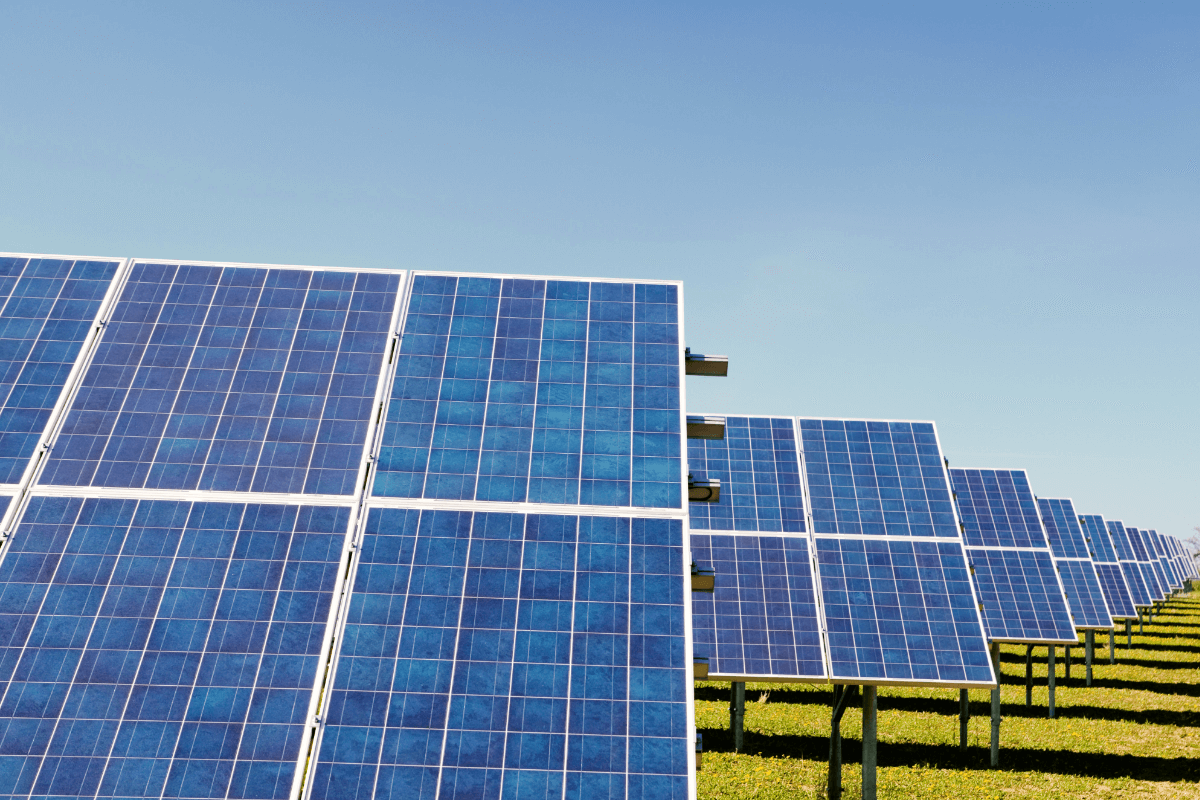Degradation
When the performance of a solar panel declines, it is called degradation. This process involves the ageing of the parameters of the semiconductor components in the solar cells. This reduces the efficiency of the PV module. Many module manufacturers specify degradation occurring after 25 years. There are significant differences depending on the manufacturer, module type and technology.
There are several types of degradation:
- Light-induced degradation in crystalline solar cells:
- Boron-oxygen complexes are formed: Boron absorbs electrons in a photoreaction, producing negatively charged ions. Boron loses its "hole". Oxygen is then attracted and trapped between the boron and silicon.
- Potential induced degradation (PID) in crystalline PV modules:
Caused by leakage currents, i.e., current flowing in a material that was not intended for electrical flow.
- Staebler-Wronski effect in amorphous silicon solar cells:
- Exposure to light increases the defect density, i.e. the number of defects in the material per unit area, thereby reducing conductivity. Amorphous solar modules can experience very high degradation of up to 25% in the first year of operation.

Want to gain even more expert knowledge?
Visit our world of expert knowledge and learn ...